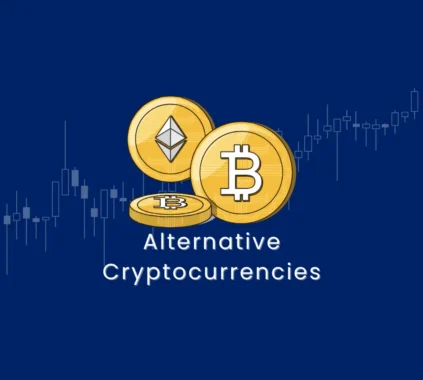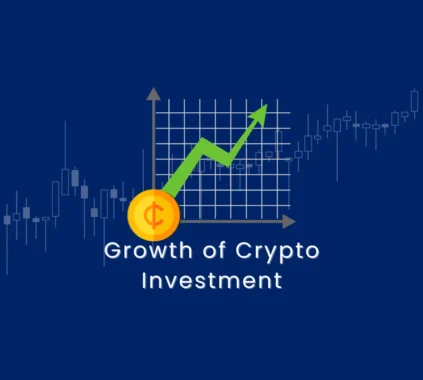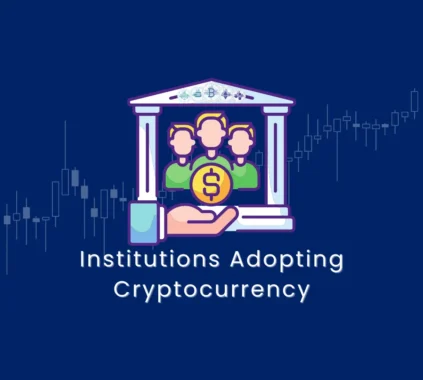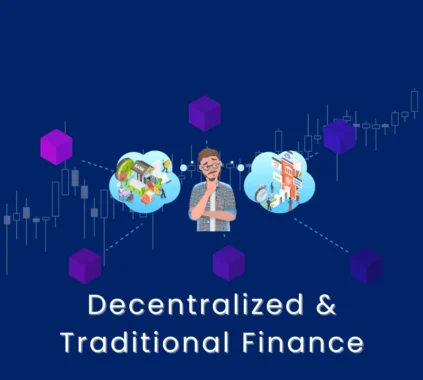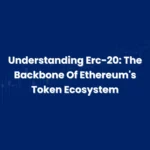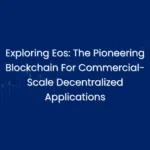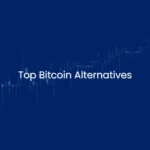
As the blockchain landscape continues to develop, new platforms appear with promises to offer improvements over their predecessors in various aspects. Solana, launched by Anatoly Yakovenko and released in March 2020, stands out among this vibrant crowd as one such shining star – boasting an open infrastructure focused on scaling and speed.
Solana began with a whitepaper released in 2017 that introduced Proof of History (PoH). Over three years, it’s developed into a blockchain solution without compromising security or decentralization – thus marking its advent on this journey.
How Does Solana Work?
It stands out with several significant enhancements that together address the trilemma of scaling, security, and decentralization present in blockchain technology:
Proof of History (PoH):
At the core of Solana is Proof of History, an algorithmic sequence designed to cryptographically verify the passage of time between events allowing greater trust and efficiency within its consensus mechanism.
Tower BFT:
It has developed its own modified Byzantine Fault Tolerance technique, employing PoH as a cryptographic clock to rapidly reach consensus without requiring extensive communication among nodes.
Turbine:
The turbine is an innovative block propagation technology that simplifies data processing and transmission between nodes by breaking it up into smaller packets for transmission; this greatly decreases bandwidth usage while speeding up networks overall.
Gulf Stream:
For faster transaction processing times and increased network capacity, Gulf Stream pushes transaction caching and forwarding to the edge. Validators can execute transactions before their scheduled timestamp, shortening confirmation times while increasing the capacity of networks.
SeaLevel:
Clean contracts executed simultaneously can now be managed efficiently thanks to Solana’s parallel smart contract runtime feature, increasing throughput and efficiency at once.
Pipelining:
An optimized transaction processing unit that uses different hardware components to distribute an input data stream to rapidly validate and replicate transaction information throughout a network of nodes.
It stands out among cryptocurrency networks due to its speed and throughput: 65,000 transactions per second with 400 millisecond block times recorded daily; this compares favourably to networks like Bitcoin which only manage between 7 TPS and 15-45 TPS respectively.
Solana’s Native Token:
SOL is Solana’s cryptocurrency used to pay for transactions and smart contract executions. Validators on Solana use SOL staking tokens to protect and achieve consensus in the network.
Solana Ecosystem and DApps
Since many projects and apps have been constructed on the Solana platform, its ecosystem has experienced phenomenal expansion. Examples of projects/apps developed here include decentralized finance (DeFi) systems, non-fungible token (NFT) marketplaces, gaming applications, and many others.
Challenges and Criticisms
It has proven impressive in terms of capabilities; nonetheless, it has seen its share of obstacles such as network congestions and outages, with high hardware requirements for validator node operation raising questions about decentralization levels according to critics.

